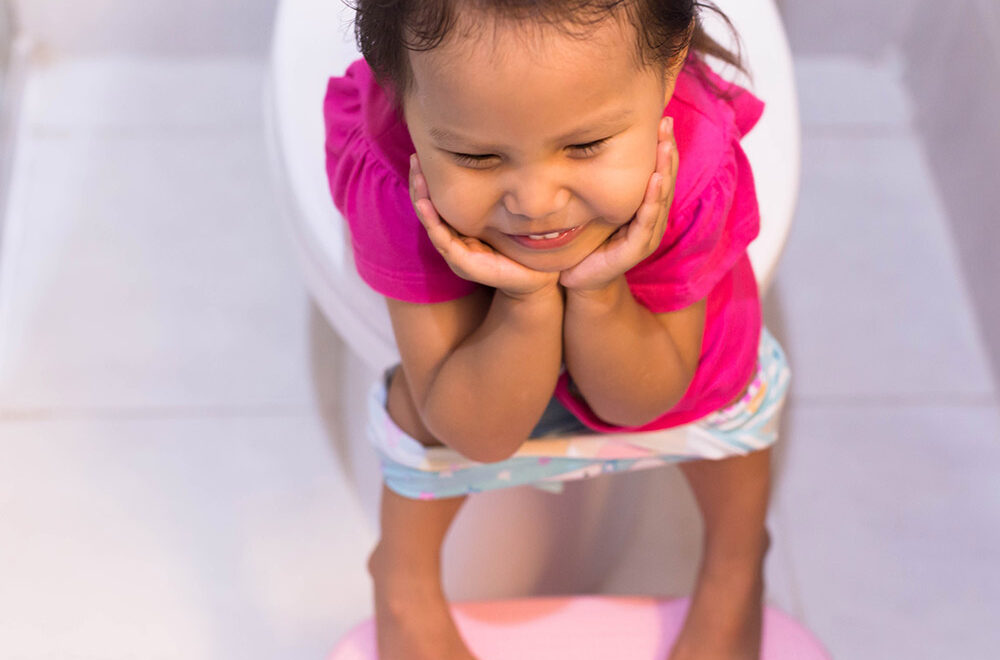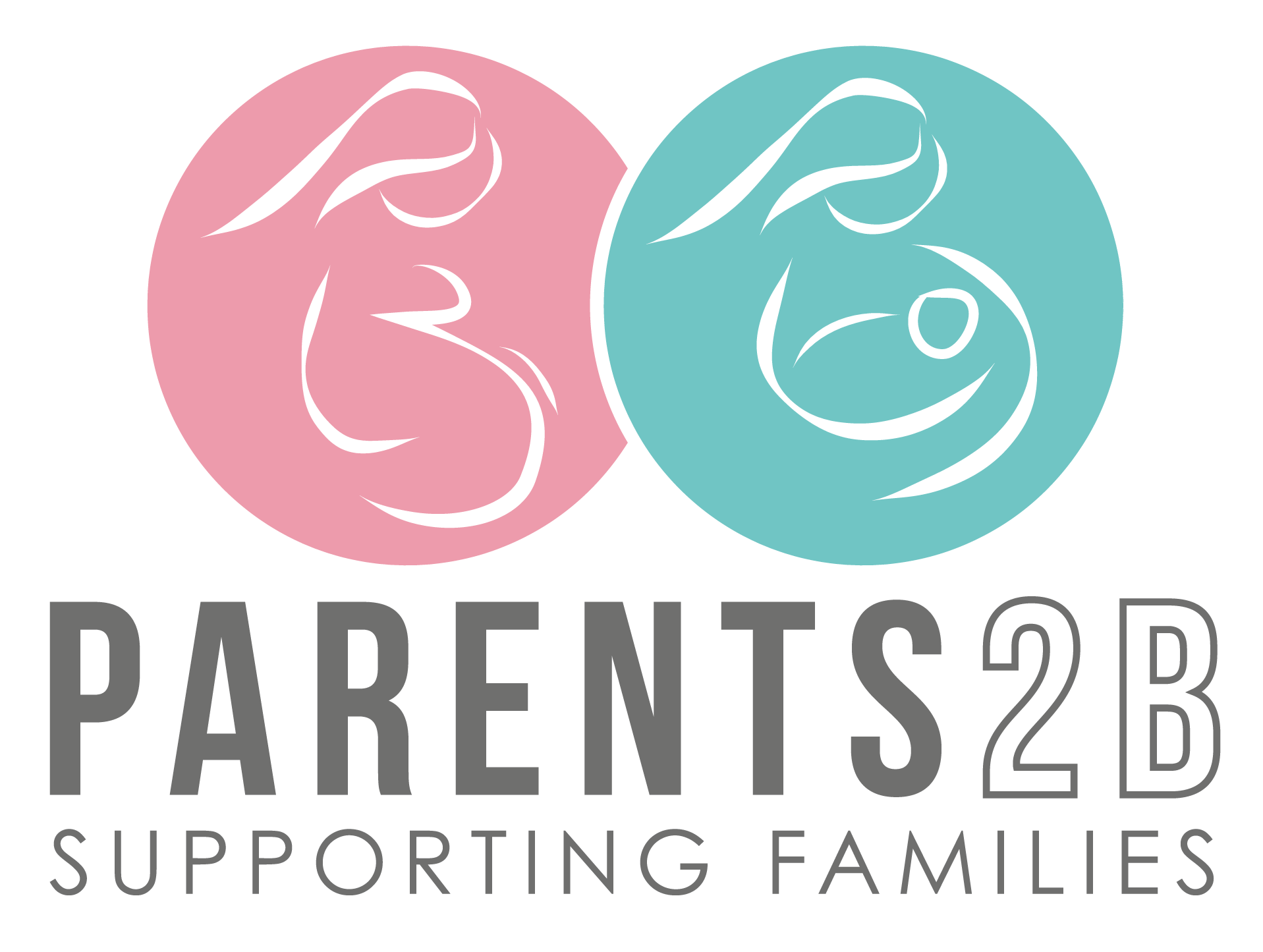
Toilet Training!
I have had many parents contacting me asking about toilet training. So I thought I would put my thoughts into a blog.
Before I start, I want to put it out there that children learn to use the toilet at their own pace. If your little one is not ready, then that is 100% OK. Letting go of your preconceived notions about when your toddler ‘should’ be toilet trained reduces the stress for all of those involved.
Also NEVER compare your child with another. They all get there. Are you judged on when you were toilet trained?
Some toddlers might take days, weeks, or months to ‘get it’. And it will most definitely take longer for poos than wees (side note: yes, there is always that exception to the rule … so well done to that child/parent), but for the majority there is often months between the ‘wee’ trained and the ‘poo’ trained.
I can guarantee you that your toddler will get there eventually, so stay positive.
Signs that your toddler is ready can happen anytime from 18 months to 3+ years of age. Again, I repeat, they will all get there so do not be in a rush!
Things to look for when it comes to readiness:
- They tell you or gesture that they need to wee or poo
- They should be confident walkers and able to sit for short periods of time
- They are becoming more independent with play, including saying ‘no’ and ‘yes’ more often
- Can follow simple instructions
- Are happy to sit on the toilet without fear, stress or anxiety
- They are becoming interested in watching others go to the toilet
- Their nappies are dry for up to two hours
- Beginning to dislike wearing a nappy, perhaps trying to pull it off when it’s wet or soiled
- Have regular, soft, formed bowel movements aka not constipated constipation can make toilet training harder.as
- Can pull their pants up and down
P2B is not a fan of the ‘potty’.
I think it is just adding an unnecessary step into the toilet training.
I love the ‘all in one’ toilet seat with a toddler seat attached (can be purchased from Bunnings) and a solid step or foot stool – your child can use this for getting onto the toilet and resting their feet while sitting.
Before even starting ‘official toilet training’ start teaching your child some words for going to the toilet – for example, ‘wee’, ‘poo’ and ‘I need to go’.
Another helpful tip is to get your toddler to ‘practice’ sitting on the toilet. Start pre bath then progress to pre day sleep, meals etc. The more confident they are on sitting on the toilet the easier toilet training will be.
This will also let you know their readiness. If fighting the toilet or getting distressed, then they are not ready.
It is best to start toilet training when you do not have any big changes coming up in your family life. Changes might include going on holiday, starting day care, having a new baby, moving into a bed or moving to a new house.
And it is also a good idea to start toilet training on a day, preferably more than 3 days, at home when you have no plans to leave the house.
Many parents use training pants and pull-ups when toilet training.
P2B is not a fan.
Like when using nappies your toddler does not feel/know they are wet when wearing pullups etc.
Undies are best.
Yes, on the first few days they will wee on everything and that is OK and expected. It will be frustrating. You need to move on from this. By using undies they learn what a wee ‘feels’ like and will start to associate that with ‘oh, I need to go to the toilet’.
Getting your toddler to pick their undies is another positive step towards successful toilet training! It is also a great excuse to go to Kmart lol!
Make sure you dress your child in clothes that are easy to take off quickly. If you can, start training in summer. It is so much easier!
In the toilet, have a basket full of undies, so when accidents happen you go to the toilet and get changed. Keep your words positive. Do not get angry, upset, or frustrated (although it can be all of that and more).
Never say ‘you should have told me you needed to go to the toilet’. Again, stay calm and relaxed and say, ‘please let me know when you have to pee so I can help you get to the toilet in time!’ Change the undies and move on with the day.
On that: when starting please do not ask them do they need to go to the toilet every 20 minutes. That not only becomes annoying and increases the stress of the situation, but your toddler will never learn how to ‘hold’ their wee. Try to make toileting part of your child’s regular daily routine. For example, encourage your child to use the toilet in the morning, and before or after snacks and meals. Encourage your child to go to the toilet when they show signs like wriggling around, passing wind, going quiet or moving away from you. But do not force your child to go.
Accidents and setbacks are part of toilet training. It is all part of the learning process. Praise will get you a long way when toilet training! High 5’s for attempting, sitting, and doing on the toilet.
You will need to wipe your little one’s bum until your child learns how. Remember to wipe from the front to the back, particularly with girls.
Teach your son to shake his penis after a wee to get rid of any drops.
Some parents often use a floating ping pong ball in the toilet for the boys to aim at. Or it is more than OK for a boy to sit to do a wee.
ALWAYS wash hands after using the toilet. You will need to supervise this for quite some time!
Obviously, it is easier to stay home for a few days when you start toilet training, but you’ll probably have to go out at some stage. When you do, always know where your nearest toilet it. Offer the toilet before going into the car and make sure you have a spare change of underpants and clothes with you. A waterproof bag or wet bag also comes in very handy. So too some puppy pads for the car seat and in the pram to protect from any accidents when out.
Using a nappy for sleep time (day and night) is expected. Once you have had a dry nappy during sleep time for a good 3 weeks, then undies can be used during this time.
Now lets talk the nights. Nights will happen naturally. And will be the last to master!
If having issues with pooping on the toilet – don’t stress. It is normal and all part of the process. To assist pooping on the toilet try:
- NEVER punish or get angry when they continue to reject poooping anywhere but in their nappy
- Let your toddler poop in their nappy but then encourage then to watch you empty it into the toilet
- Read a book when on the toilet to give them some ‘exrtra’ time to try and poop
- Offer lots of praise when they do make progress
- Let them watch you go to the toilet and flush for you
- take the pressure off … I promise, it will happen!
Bedwetting should not be seen as behavioural or ‘on purpose’.
Bedwetting can happen for a range of reasons. For example, it can happen when children:
- sleep deeply and find it hard to wake in the night
- make larger than usual amounts of wee at night
- have bladders that spasm during sleep
- are constipated
- have conditions that interrupt their sleep, like sleep apnoea.
So again, take a deep breath and know it will happen. If concerned please see your GP.
And remember, toilet training takes TIME and PATIENCE.
Burns C.O., & Matson J.L. (2017). Normal developmental milestones of toileting. In J.L. Matson (Ed.) Clinical guide to toilet training children. Autism and child psychopathology series (pp. 49-62). Cham: Springer.
Kaerts, N., Van Hal, G., Vermandel, A., & Wyndaele, J.J. (2012). Readiness signs used to define the proper moment to start toilet training: A review of the literature. Neurourology Urodynamics, 31, 437.
Klassen, T.P., Kiddoo, D., Lang, M.E., Friesen, C., Russell, K., Spooner, C., & Vandermeer, B. (2006). The effectiveness of different methods of toilet training for bowel and bladder control. Evidence Report/Technology Assessment, 147, 1-57.
Parenting and Family Support Centre, Triple P (2000). Positive parenting of toddlers toilet training [Tip sheet]. Brisbane: University of Queensland.
* The information contained in this website is for general information purposes only. The information is provided by Parents2b and while we endeavour to keep the information up to date and correct, we make no representations or warranties of any kind, express or implied, about the completeness, accuracy, reliability, suitability or availability with respect to the website or the information, products, services, or related graphics contained on the website for any purpose. Any reliance you place on such information is therefore strictly at your own risk.


0 comments
Write a comment